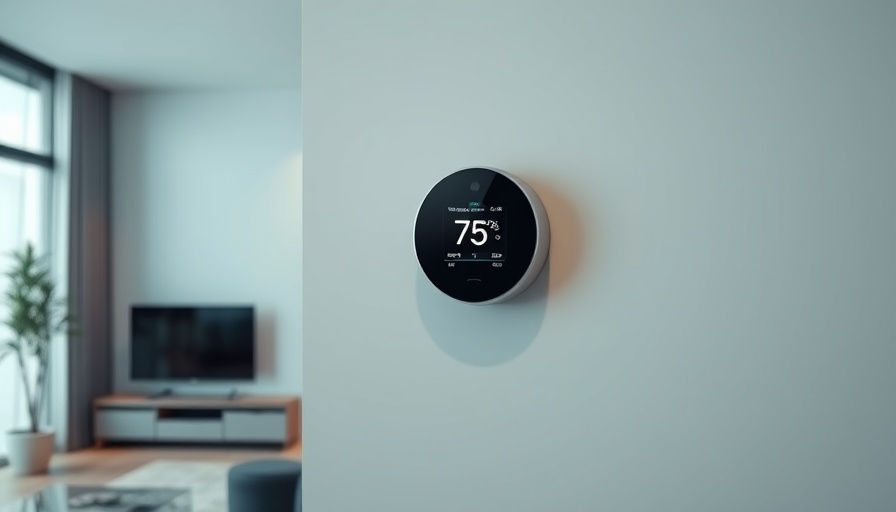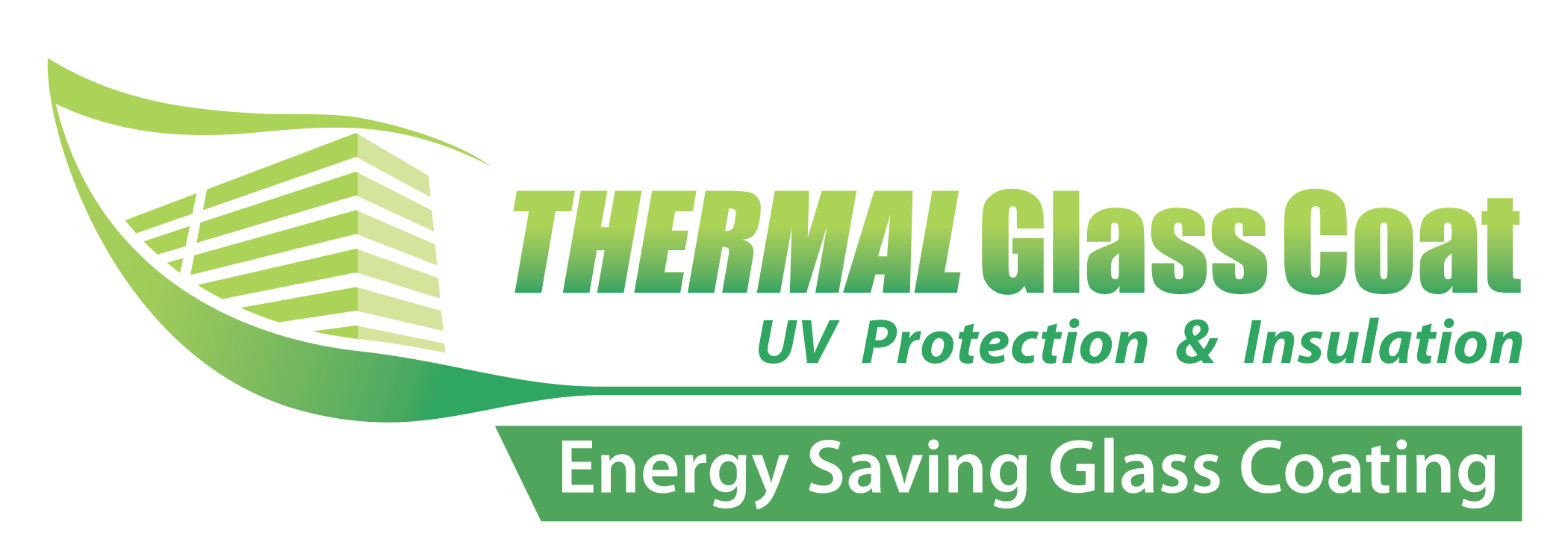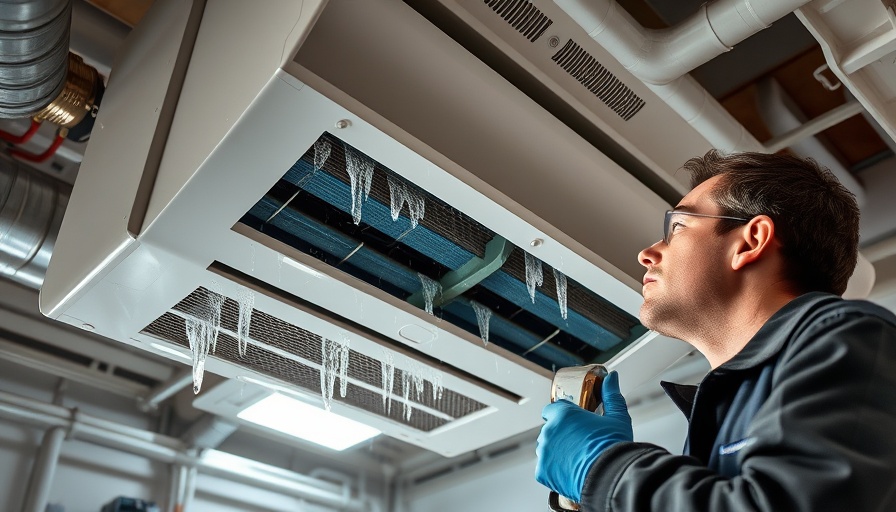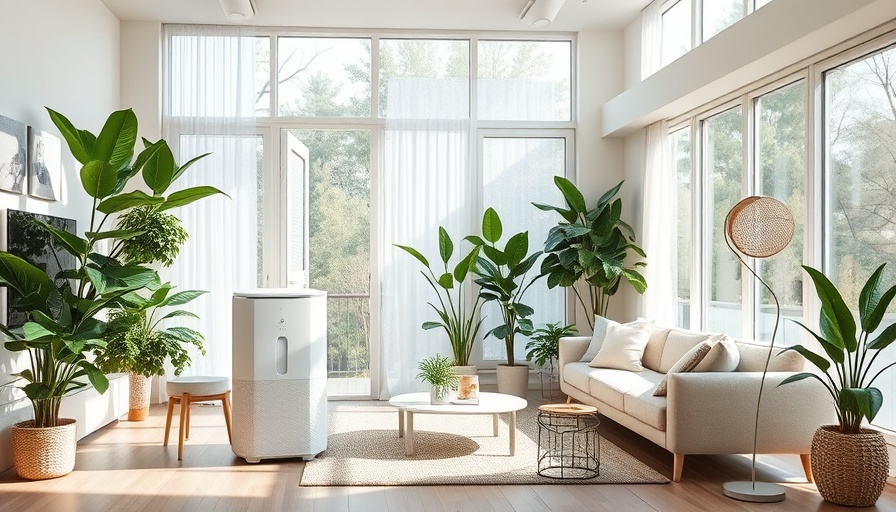
The Smart Revolution in Home Heating and Cooling
In today’s tech-savvy world, the advent of smart thermostats has transformed how homeowners manage heating and cooling within their homes. These Wi-Fi enabled devices not only allow for remote temperature control but also learn your routines, making adjustments that can enhance both comfort and energy efficiency.
Why Smart Thermostats Are Essential for Homeowners
Investing in a smart thermostat yields numerous benefits that significantly impact your household. One of the standout advantages is energy savings; studies suggest homeowners can reduce HVAC bills by 10-15% simply by having a device that optimizes energy use based on real-time data. Moreover, the convenience of controlling your home temperature from a smartphone or tablet adds to the appeal of these innovative gadgets.
How the Nuve Smart Thermostat Enhances Home Life
A great example of this technology is the Nuve smart thermostat. With its user-friendly design, it offers features such as automatic scheduling, remote monitoring, and maintenance alerts that keep homeowners informed about their HVAC system’s performance. More than just a tool for temperature control, it plays an integral role in energy management and can even prevent costly repairs with timely alerts.
Easy Installation for All Homeowners
Installing the Nuve thermostat is a seamless process, particularly for seasoned HVAC professionals. Its design includes quick-lock connectors and a built-in level, ensuring an efficient setup. For homeowners, the accompanying app is intuitive, allowing anyone—tech-savvy or not—to navigate settings and alerts with ease.
Embrace Comfort with Smart Technology
With smart thermostats like Nuve, homeowners can achieve the perfect balance of comfort and energy efficiency. Imagine walking into a cozy home after a long day or effortlessly maintaining optimal temperatures during a weekend getaway. These are just a few benefits you can experience by integrating smart technology into your home.
Ultimately, smart thermostats are more than just devices; they are part of a sustainable living strategy that helps you save money while increasing your home comfort. Whether you are looking to invest in a new system or enhance your existing one, it’s worth considering how these technologies can deliver both immediate and long-term benefits.
 Add Row
Add Row  Add Element
Add Element 



Write A Comment